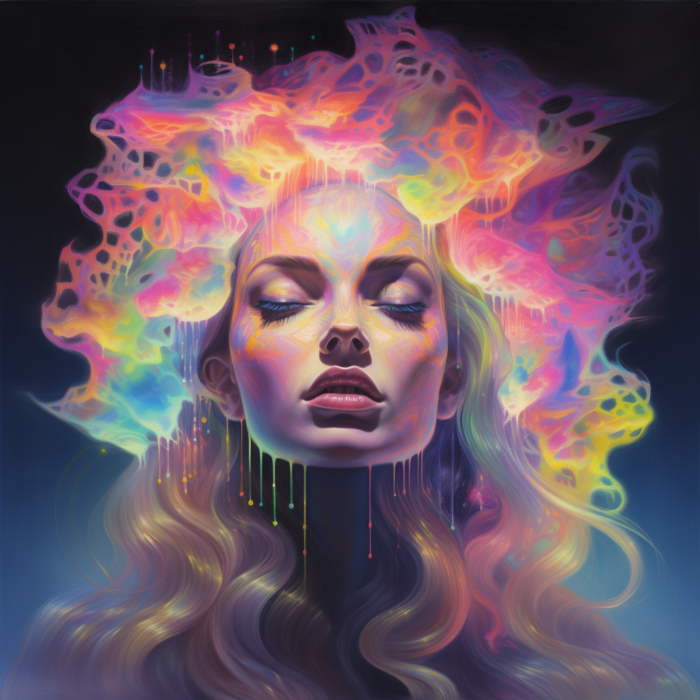“Have you ever felt a sudden discomfort in crowded places or sensed that something is off when you enter a room? It might be the interplay of auras.”
The Essence of Auras
Every living being, from the plants that adorn our gardens to the people we interact with daily, emits an aura. This aura is a vibrant electro-magnetic field, a manifestation of our energies. It’s a life force that can be felt, especially in spaces where multiple energies converge, leading to a mix of positive and negative vibes.
Auras aren’t just a singular layer of energy. They comprise seven layers, with the first three being the most perceptible to human senses. These auras can be seen with the naked eye or perceived psychically with closed eyes.
Decoding Aura Colors
The colors of an aura aren’t just for visual appeal; they offer deep insights into one’s personality, emotions, and state of mind. Let’s delve into the meanings behind these colors:
- Black: A complex hue, black in one’s aura can indicate a protective shield against external energies. However, it can also hint at hidden secrets, imbalances, or past traumas.
- Blue: Ranging from the gifted individuals with shades of blue to the intuitive ones radiating pale blue from their heart, this color is multifaceted. While a deep blue might hint at loneliness, an even deeper shade stands for honesty and good judgment.
- Brown: Symbolizing growth, brown around the head, especially with other colors, indicates mental and intuitive development. Alone, it might suggest stagnation or low energy.
- Gold: A reflection of spiritual energy and self-awareness. However, a muddier shade might indicate unresolved issues with one’s higher self.
- Yellow: The hallmark of thinkers and intellectuals. It’s the aura of balance and intelligence.
- Green: A color of empathy, reliability, and healing. But, a murkier shade might hint at jealousy.
- Gray: While silvery gray stands for femininity, a darker shade can suggest secrets or physical imbalances.
- Orange: Bright orange is the aura of growth, both emotionally and paranormally. A muddier shade might indicate pride or confusion regarding personal growth.
- Pink: Representing love, honesty, and creativity, pink is multifaceted. A darker shade might hint at changes in love life or immaturity, while a dull shade suggests deceit.
- Purple: The aura of intuition. A deeper shade indicates passion, strong will, and sometimes, an overbearing nature.
- Red: A powerful hue, red stands for intense emotions, be it love or hate. A particularly intense red might indicate a volatile temperament.
In Conclusion
Auras are more than just colorful halos around beings; they are windows to understanding oneself and others better. By learning to read and interpret these colors, one can gain insights into personalities, emotions, and even potential future actions. So, the next time you sense something in a room or feel a particular way around someone, remember – it might just be the auras communicating!
“Life is not just what you see; it’s also about the unseen energies that influence us. Embrace the world of auras and discover a new dimension of understanding.”
